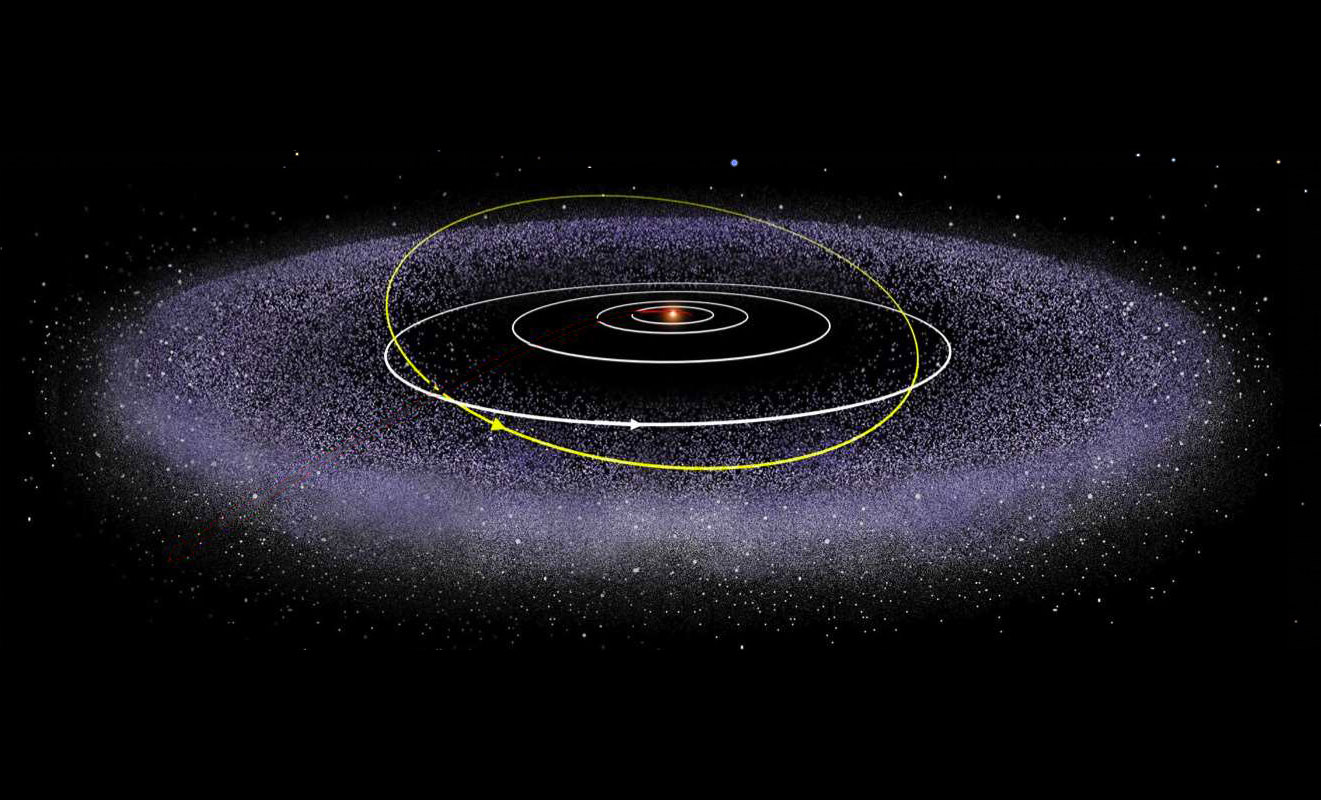
Revealing the Formation of Sulphur-Bearing Molecules in Icy Extraterrestrial Environments
In a groundbreaking study published in the renowned journal Icarus, Duncan Mifsud, alongside his former PhD supervisor Nigel Mason from KAIROS at the University of Kent, and a team of international researchers, have unveiled significant insights into the chemistry of the Kuiper Belt. Their research, titled Sulphur ion implantation into O2, CO, and CO2 ices: Implications for the formation of sulphur-bearing molecules in the Kuiper Belt, explores the complex interactions of sulphur ions with icy bodies in the outer reaches of our Solar System.
This innovative study focused on the implantation of sulphur ions into various oxygen-bearing ices—specifically O2, CO, and CO2—under conditions mimicking those found in the Kuiper Belt. By employing a high-energy approach with 290–400 keV S+ ions at low temperatures, the research team has provided new understanding into the potential for synthesizing simple inorganic sulphur-bearing molecules like sulphur dioxide (SO2).
Key findings from the study include the successful formation of SO2 when sulphur ions were implanted into O2 and CO2 ices at 20 K, illustrating the role these processes may play in shaping the chemical landscape of Kuiper Belt Objects (KBOs). Notably, the research revealed that the reactions yielding these compounds are highly temperature-dependent, with significant differences observed at varying thermal conditions.
The implications of these findings are profound, suggesting that similar chemical processes may occur on other icy bodies throughout the Solar System, potentially influencing the chemical evolution of these distant worlds. The study’s insights into the formation of sulphur-bearing molecules could also inform future missions and studies aimed at exploring KBOs and other icy celestial bodies.